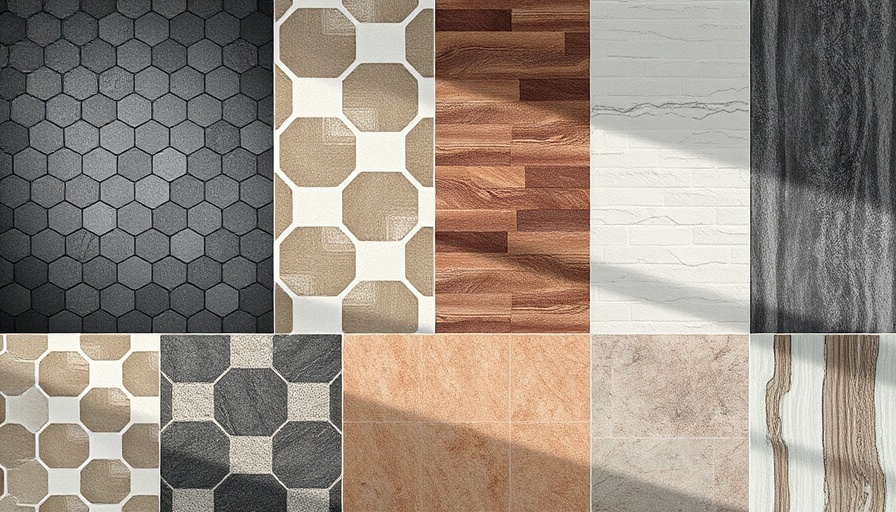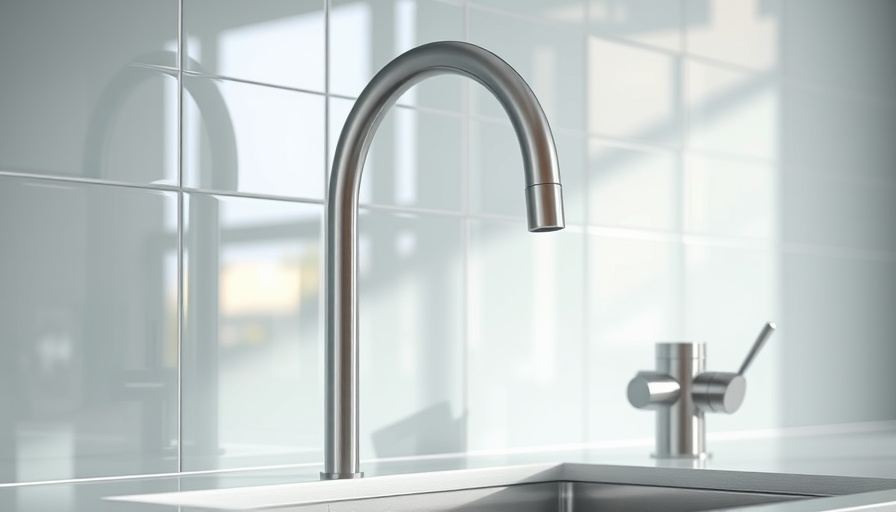
A Space Where Simplicity Meets Functionality
In a world where homes seem to get bigger and more complicated, the story of a beautifully designed 120m² home on a compact footprint stands out for its innovative approach to architecture. This two-story dwelling strives for simplicity—allowing for both comfort and style while addressing some of the most pressing challenges of modern living: sustainability, community connection, and aging in place. The unique design not only optimizes space but also ensures that it feels open and inviting, a true feat in modern architecture.
In 'Why Simplicity Makes This 120m² Home Feel Surprisingly Spacious', the exploration of thoughtful home design sparked an analysis of its broader implications for modern living.
The Challenge of Design: Creating Space
The focus of this project stemmed from a heartwarming personal story in which the homeowner's desire for a cozy, livable space intersected with the architectural brief that called for a compact design. This concept isn’t just about aesthetics but also about fulfilling the growing need for sustainable urban living as cities become increasingly crowded. By designing a home that integrates seamlessly into the existing neighborhood, it underscores the importance of maintaining community character while embracing density. This commitment to thoughtful design ensures that future generations can enjoy living in harmony with their surroundings.
Sustainable Living: A Breath of Fresh Air
One standout feature of this home is its emphasis on sustainability. The design incorporates passive solar principles, ensuring that the house stays cool in the summer without heavy reliance on air conditioning. The use of thermally sound materials and high-performance glazing helps to keep temperatures pleasant regardless of the weather outside. Solar panels positioned on the roof generate much of the house’s power, proving that green living can also be smart and stylish. This connection to the environment reinforces how we can create homes that are not only beautiful but also beneficial for future generations.
Embracing Community and Connection
Beyond its architectural merits, this home also serves as a fantastic example of how thoughtful design can foster connections among neighbors. From the lively interactions that occur at the doorstep to the strategic layout that encourages light and air circulation, the house works harmoniously with its surroundings. For families like its owners, having a home that accommodates both personal space and community interaction is vital. Engaging with neighbors, enjoying natural light, and creating a welcoming atmosphere encapsulate the essence of modern living.
Conclusion: Simplifying Life Through Thoughtful Design
The incredible design of this 120m² home offers important lessons on how to live spaciously in compact conditions while staying connected to one’s community. For those looking to build or remodel their own living spaces, leveraging principles of simplicity, sustainability, and community engagement paves the way for a brighter living experience. If you're contemplating your own housing needs, consider how thoughtful design choices can enhance your lifestyle.
 Add Row
Add Row  Add
Add 




Write A Comment